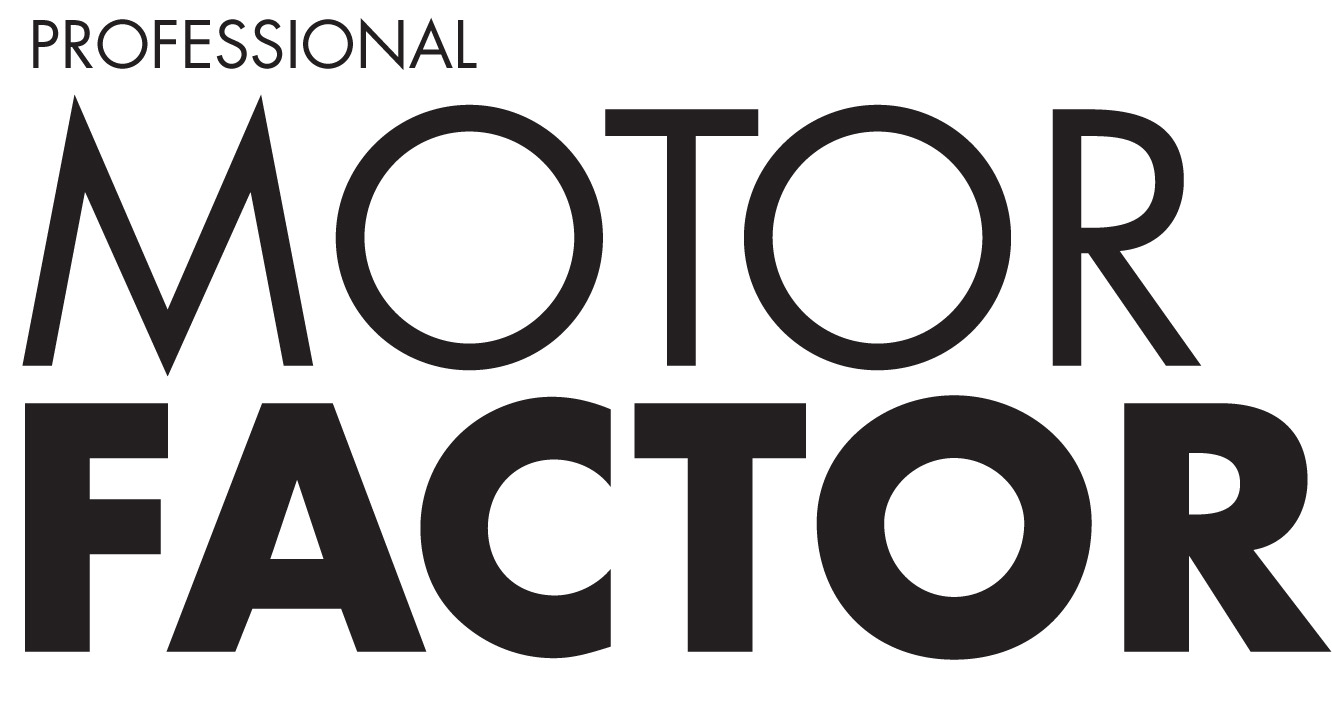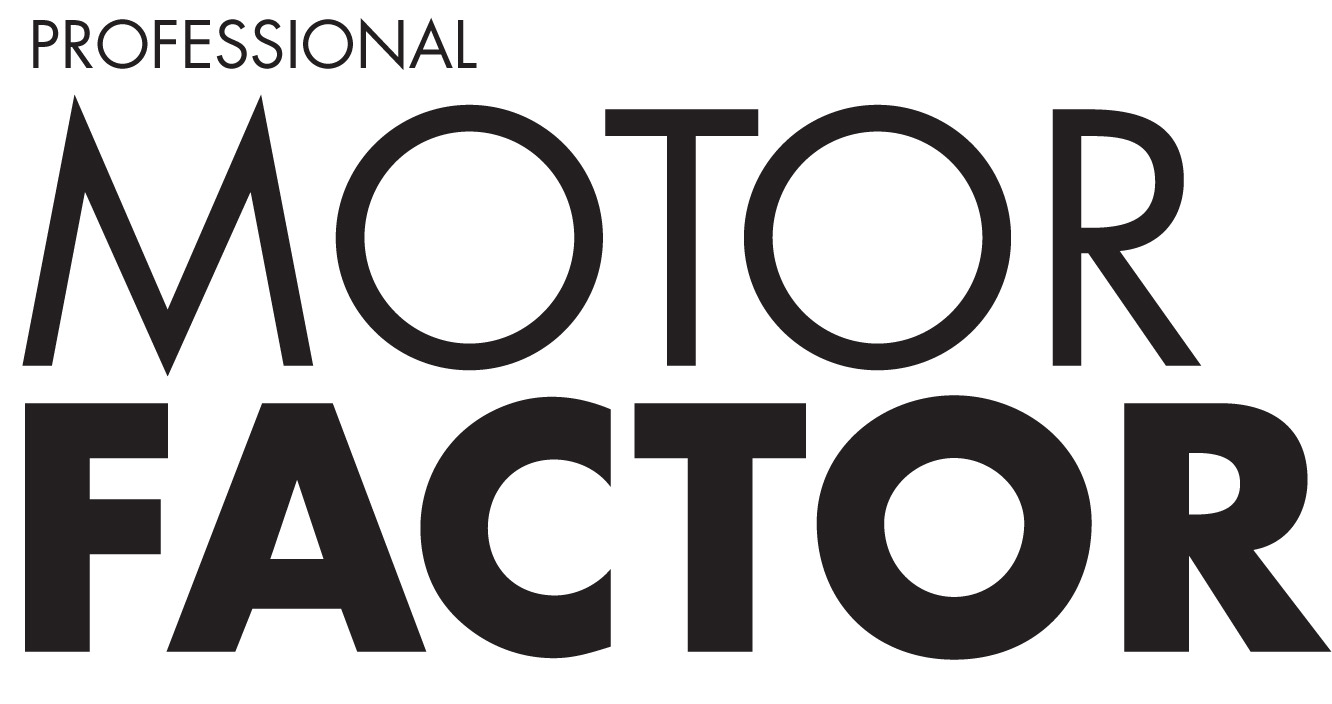How to improve staff turnover with retention strategies

Amy Blick, the owner of exhilHRate, is back for another HR helping, and in this issue, she confronts the tough topic of employee turnover and retention.
A recurring question from new clients: “How can I improve staff turnover?” This is always met with the same response: “Tell me how you currently retain your staff, and we’ll take it from there!” Without a shadow of doubt, the two are interlinked. If you look after your staff with more than just a few token gestures, you are likely to hold onto them for longer.
I strongly believe the most critical point, which no technique or HR alchemy can solve, is your attitude to your people and how much you really want to keep them. If your mindset is that your people are the beating heart of your business – that without them, you would struggle to maintain the gold standard customer experience you are renowned for – then we’re on the right track. Because as you will know, great people know their worth and they are in demand. They might be tempted to join your business because the pay is good, but this alone won’t keep them happy and at peak performance. If you can cultivate this mindset that your people are the jewel in your crown, you will find it so much easier to do the right thing. And you will find that loyalty levels reach new heights! I hear it a lot that loyalty is long gone – it isn’t! Granted people ‘job hop’ more than ever before – the online world has opened up so many job opportunities – but I can share from experience that if you are an exemplar employer, who puts your people first, loyalty will become your superpower. Your people don’t talk about their loyalty to you, they simply demonstrate it with their actions.
You may think I am talking commonsense here – and I am! – but you would be amazed at the number of employers I have met where upon scratching the surface of their business it becomes clear that they have little respect for their team – with a focus on the irreducible minimum to keep them. They are so fixated on the bottom line that they forget to join the dots and see the big picture – the happier their people, the bigger the bottom line. Besides, who wants to invest time and money on a recurring loop with, for example, induction training, only to repeat the process regularly because as one employee comes in through the revolving door, another goes out?
Please spend time reviewing and improving your employee experience. It should be centred on the Lean philosophy, namely the desire to get it right first time, on time, every time. Something truly remarkable to aim for – and it does not require overflowing pots of money!

So, in today’s column, I am sharing the three most frequently asked questions regarding staff turnover and retention:
We don’t think we have a problem with staff turnover, but we don’t have a retention strategy – how do we get started?
Ask your employees before you dive in too deep – what keeps them happy and motivated? What would they like to see more of and less of? A survey is a useful tool, provided it is anonymous, and you allow people to give their feedback through several channels which are your reasonable adjustments. Next is to ensure you review the current information at your fingertips: exit interviews, length of service data, hot spots for absence, performance review flags and underlying trends. The combination of these will yield valuable information that you can feed into your retention strategy. Finally, look at how you are developing career pathways and how you are offering opportunities for growth, professional development and mentoring.
What are the key reasons for high staff turnover?
These are the biggest ‘sins’ I see on my travels. First up is a lack of growth opportunities in the business. Granted you cannot change the structure of your business overnight, but if you have ambitions to grow it, to diversify and to make it even better, then conveying this to your employees shows them that opportunity does lie ahead. And they can play a part in helping you to achieve your growth plans. Now is the time to share your vision, to invite feedback and to consider at a granular level how team members can support all of this by stepping up, taking on new roles and contributing ideas. Involve your team so they can see you are a business with plans that you cannot accomplish unless they are with you on this exciting journey. Second: poor management. This is not always discernible, but managers that are not managing properly can be at the root of high staff turnover. Dig deep. Ask team members to share their experience and opinion of the management style and the managers, ideally anonymously. Next on the list is misalignment to the culture, which sounds like HR speak, but is fundamentally about the environment you create for your employees and the sum of your organisations’ traditions, interactions, attitudes, values and behaviours – have your employees bought into a culture that has long since departed the building? This is where bringing a people specialist into your business can prove to be money well spent.
Everything starts with awareness, and in my experience, if you are then willing to do better by your people, you have taken those crucial first steps to retaining them beyond the contents of their pay packet.
What are the most effective retention initiatives we can use in our business?
Here’s what I’m working on now with several small successful businesses. Flexible working: this does not have to mean working from home. There are many ways in which you can offer flexible working so that your business benefits and your people really appreciate it.
Recognition awards – ideal if you don’t have deep pockets. This can also include nominations for outstanding work. Professional and personal development options should also be on the whiteboard and, finally, health and wellbeing options, like financial, physical, mental and social ideas.
I always start with an anonymous survey for the entire team, so everyone has a voice. It can also highlight areas of concern that require urgent attention, and it gives you the opportunity to highlight brilliant work in your business. But act on the comments made. Tell your team what the survey highlighted, the changes you are going to make and how you would like them to collaborate with you to build something even better.
Are you ready for a ‘power hour’?
If after reading this, you can see gaps in your business, let’s arrange an online power hour to set you up for the year ahead. In the last two years, I have seen the most agile and brilliant businesses using this time to bring expert HR advice into their world.
We can agree on the agenda beforehand and arrange it at a time that suits you. It’s like having a full-time HR professional teasing apart your challenges, arming you with the confidence that expert practical advice confers. So, if you’ve read this and are scratching your chin in a ‘where do I start?’ manner or your ‘people pillars’ are not where they should be, a power hour is perfect.








